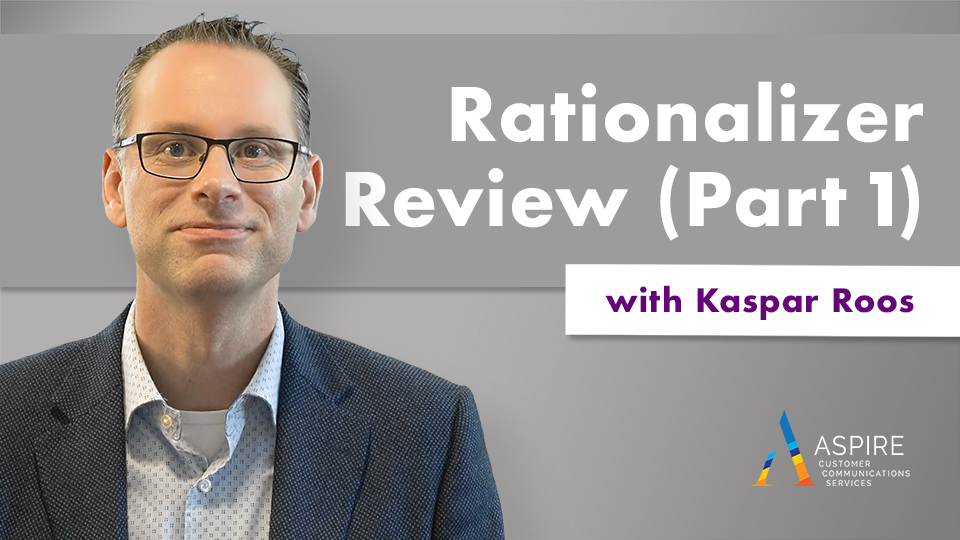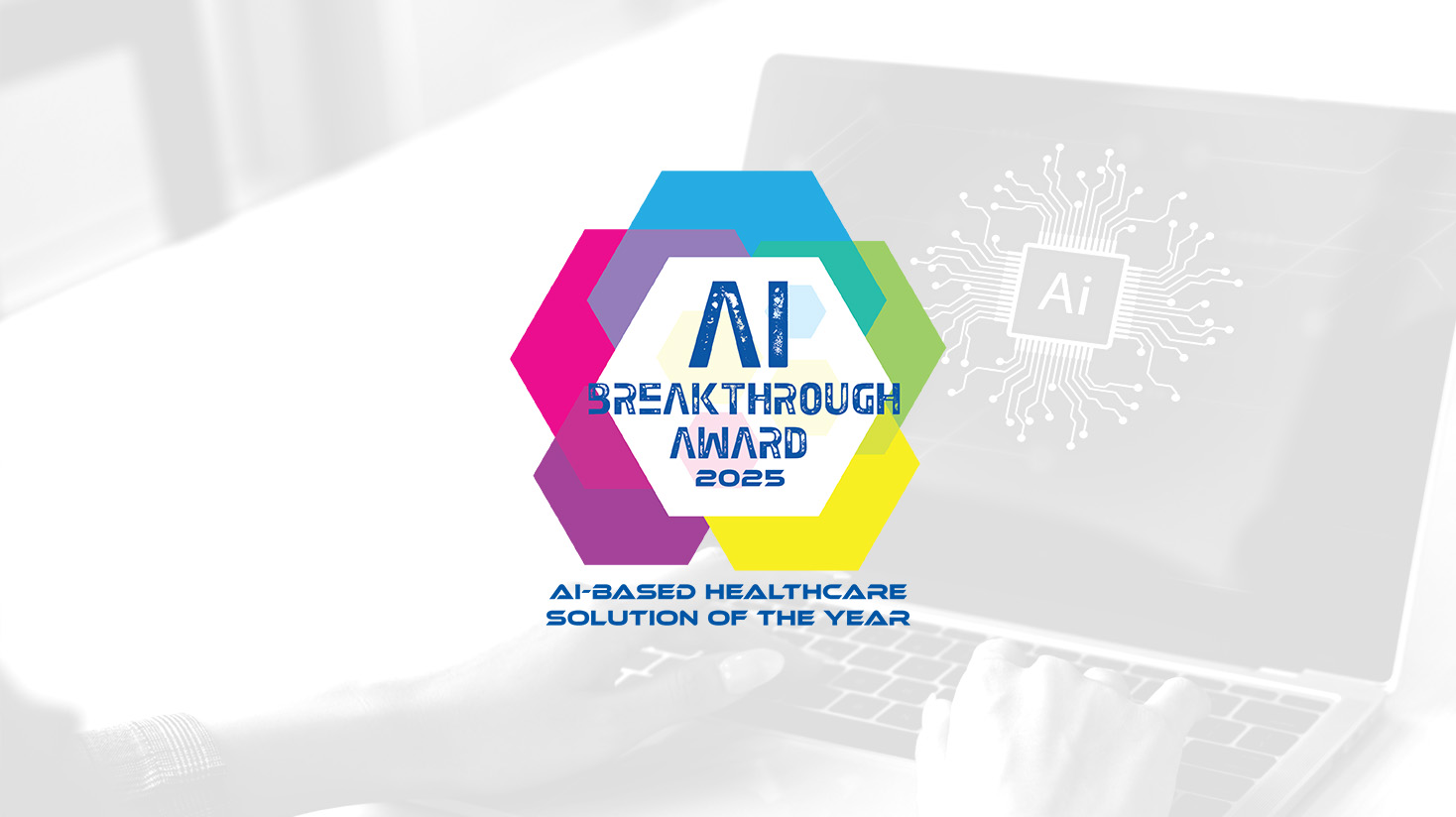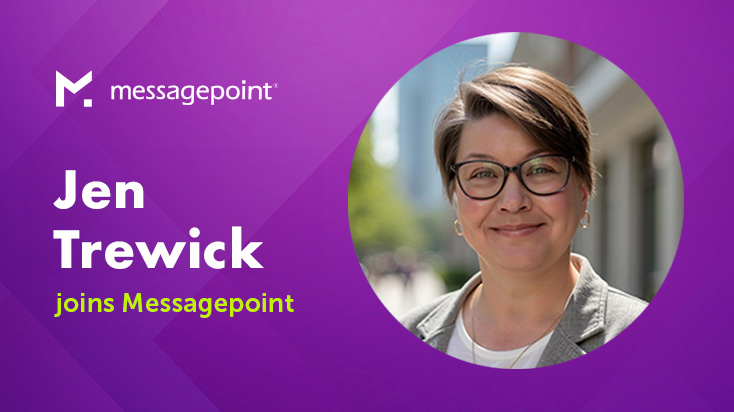Interested in seeing a demo?
Fill out the following information (please ensure you provide some detail on the problem you are looking to solve or the Messagepoint product you are interested in).

The all-encompassing surge in personal adoption of digital technology has led many organizations to re-think everything about their customer communication strategies. Once left to the discretion of individual teams, customer communications are being removed from their siloes and are fast becoming an enterprise-wide priority. When drafting a Customer Communication Management (CCM) blueprint, a business must consider the plan’s alignment with their overarching, long-term strategy, the overall customer experience, and the tactical creation, delivery, and archiving of customer-facing communications across all channels.
For many organizations, critical customer communications remain trapped in legacy systems. In some cases, several legacy CCM systems linger, and files are also trapped in MS Word, HTML, and other formats. The result is complex mix of formats, systems, and teams which the business must untangle before it can modernize communications and bring them all into alignment. Today, organizations are looking to combine communications spread across multiple incompatible legacy systems into one streamlined platform that can govern a single, cohesive, forward-looking strategy. Content migration has historically been an expensive and time-consuming ordeal, but Kaspar Roos, CEO of Aspire Customer Communication Services, believes that “AI technology is rapidly evolving to help enterprises migrate legacy content in a cost-effective way.”
Roos founded Aspire CCS in 2015 to guide businesses through the evolution from CCM to Customer Experience Management (CXM). After working with leading CCM vendors around the world, Roos recently performed an in-depth analysis of Rationalizer, Messagepoint’s AI-powered content migration and optimization solution and concluded that it is the most powerful (and flexible) offering in the market today for migrating content from legacy systems and into new CCM environments.
Time For Change
It is past time for organizations to take advantage of modern solutions that enable them to migrate content off legacy CCM platforms. Many benefits await those who modernize their CCM environments, including:
Content migration comes with a cost, one which is often overlooked in the urgency and complexity of the process. But that cost can be mitigated with smart choices — specifically the choice to use an intelligent solution that can help automate much of the process. The investment in labour required to manually migrate legacy content is dauntingly expensive and incredibly time-intensive. Aspire has found that migrating IT systems can cost up to 54% of the system purchase price, but CCM migration comes with an even higher price tag because of the necessary investment in human labour. When working manually, it can take years to simply sort and categorize every communication on every channel before organizations even begin to decide what parts should be kept, combined, or discarded. Redundancies and errors can easily slip through the cracks, only to be multiplied further down the line. All told, the average manual migration can require millions of dollars and up to three years to complete.
Intelligent migration powered by AI
Today’s technological breakthroughs offer a better way. Automating content migration and analysis avoids the traditional pitfalls by leveraging modern technologies to reduce the overwhelming burden of human effort, vastly decreasing the investment in both time and capital. Migration solutions use Artificial Intelligence (AI), Machine Learning (ML), and Natural Language Processing (NLP) to do the heaving lifting of ingesting content from legacy formats. These solutions can maintain greater consistency in content analysis than an equivalent investment in human labour. “Intelligent, self-learning software can produce significant savings in time and capital while minimizing errors,” Roos declares. “It is the key development any large enterprise or service provider must consider before undertaking a CCM migration project.”
Lift and Shift or Optimize and Migrate?
The term “lift and shift” describes the process of simply moving communications in their current state from their legacy platform to a brand new CCM environment. This approach is sometimes used to ensure the expediency of migration, and while “lift and shift” operations can still reap significant benefit from the application of artificial intelligence, this method will not address or remedy any content-related issues in legacy templates. It also will not give organizations the opportunity to take advantage of the powerful content sharing capabilities modern environments like Messagepoint offer. These advanced features promise significant efficiencies in content authoring, updates, and management processes, while also providing teams with greater flexibility in content targeting, enabling new levels of personalization and ensuring the relevance of their communications.
Roos believes migration provides the perfect opportunity for businesses to rationalize (or extract and analyze) content in existing document templates before breaking it into a smaller, logical components. Content rationalization allows organizations to consolidate duplicated (or overly similar) content, enabling greater efficiency and better control across all touchpoints. It also provides a single point of authority for edits and updates, which is particularly helpful in establishing a consistent customer experience and ensuring the compliance of regulatory content. These capabilities set organizations up to take advantage of Messagepoint’s global content sharing capability Smart Text, which, when paired with its patented variation management capabilities, offers truly unparalleled flexibility and power in content sharing capabilities. Moreover, content can also be optimized in the more subtle ways that directly affect customer experience. “Content rationalization also provides a great opportunity for content optimization,” Roos explains, “enabling organizations to enhance the quality of their content through greater readability, brand consistency, and pitch-perfect sentiment.”
Rationalizer Leads in Content Migration and Optimization
Messagepoint created Rationalizer to solve the difficulties inherent in content migration. The Messagepoint Advanced Rationalization and Content Intelligence Engine (MARCIE) that powers Rationalizer uses AI/ML, and NLP to ingest content from legacy systems. It simplifies the migration process, allowing users to analyze, consolidate, and optimize content inventory as it moves. The five-step process increases efficiency, reduces costs, and sets the stage for better customer experiences in the future.

Prestigious International Annual Awards Program Honors Standout AI Companies & Solutions LOS ANGELES, Calif., June 25, 2025 –…
Read the Article
TORONTO, June 20, 2025 – Messagepoint announced today the appointment of Jen Trewick in the role of director,…
Read more
Picture this: A customer seamlessly signs up for your insurance policy through your sleek mobile app in under…
Read the Article